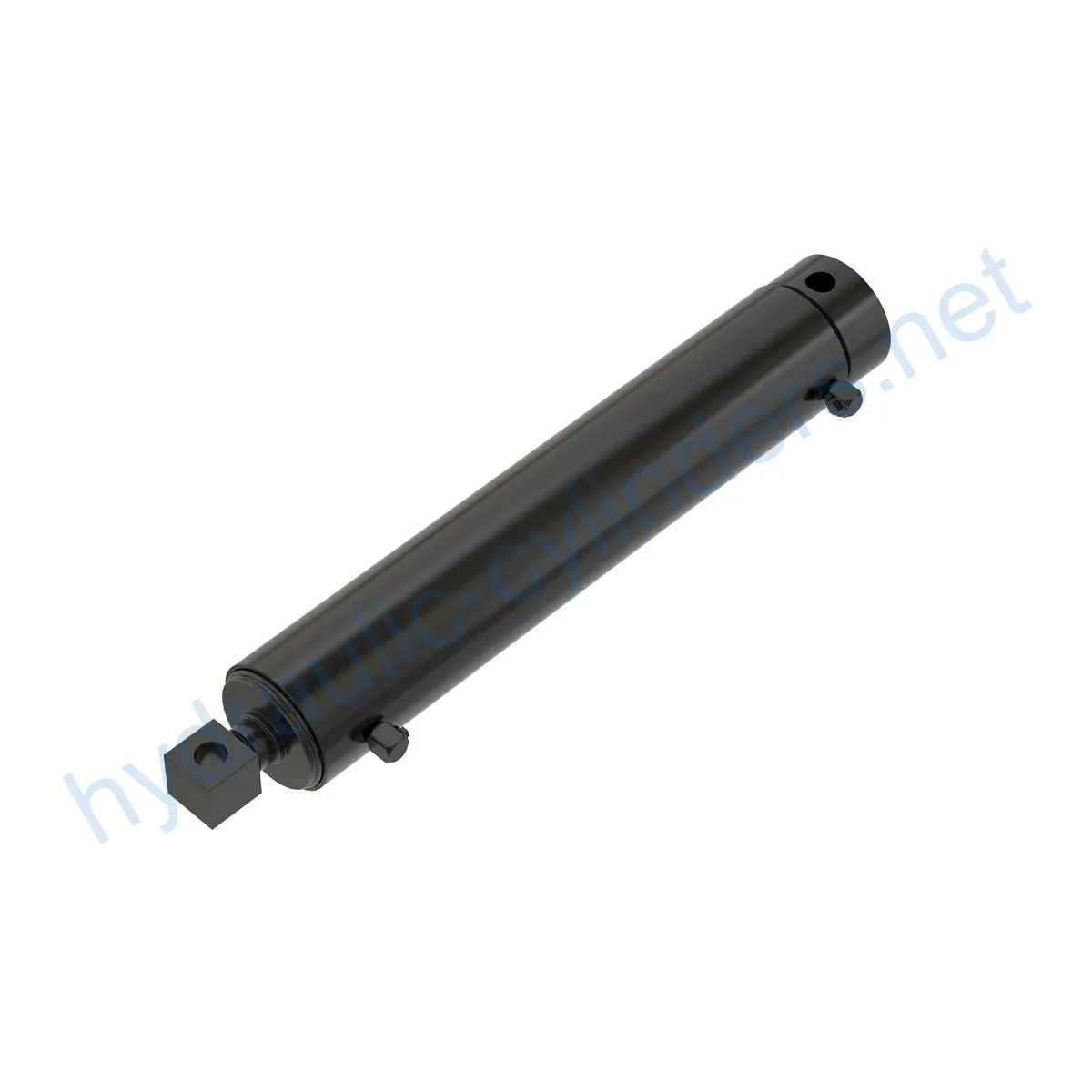Replacement Of AHC17583 Cab Tilt Hydraulic Cylinder
Являясь одним из производителей, поставщиков и экспортеров механической продукции, мы предлагаем гидравлические цилиндры и многие другие изделия.
Пожалуйста, свяжитесь с нами для получения подробной информации.
Почта:sales@hydraulic-cylinders.net
Производитель поставщик экспортер гидроцилиндров.
Replacement Of AHC17583 Cab Tilt Hydraulic Cylinder
Introduction
The Replacement Of AHC17583 Cab Tilt Hydraulic Cylinder is a crucial component used in various models of equipment, including 2154D, 2154G, 2156G, 2454D, 2654G, 2656G, 2954D, 2956G, 3154G, 3156G, 3754D, 3754G, and 3756G. This hydraulic cylinder plays a vital role in the proper functioning of the equipment by enabling smooth and controlled movement of the cab tilt mechanism.
Specifications and Models
Weight: 115.3 lb
Height: 6.5 in
Width: 8 in
Length: 37.4 in
Compatible Models: 2154D, 2154G, 2156G, 2454D, 2654G, 2656G, 2954D, 2956G, 3154G, 3156G, 3754D, 3754G, 3756G
Характеристики
- Improved Equipment Performance: Replacing damaged or worn hydraulic cylinders restores the equipment’s normal operational capabilities, ensuring optimal performance in various applications.
- Enhanced Safety: Regular replacement of hydraulic cylinders reduces safety hazards caused by cylinder failures, ensuring the safety of operators and equipment.
- Overload Protection: New cylinder designs often incorporate better overload protection mechanisms, enhancing safety.
- Quick Installation: Modern hydraulic cylinders are designed for easy installation and replacement, minimizing downtime.
- Standardized Components: Many hydraulic cylinders are standardized products, facilitating the availability of replacement parts in the market.
Applications
Excavators
In excavators, the hydraulic cylinder in the boom or bucket may get damaged due to extended use or overload, requiring replacement to restore normal operation.
Cranes
The crane’s boom hydraulic cylinder is prone to wear during frequent lifting and lowering operations, necessitating regular replacement to ensure safety.
Tractors
The front-end loader hydraulic cylinder in tractors may develop leaks or performance degradation during continuous lifting and tilting operations, requiring replacement.
Harvesters
During the harvesting process, the hydraulic system experiences high pressures, and fatigue may lead to cylinder damage, requiring timely replacement to maintain work efficiency.
Automated Production Lines
Hydraulic cylinders are used to control robotic arms and other automated equipment. Cylinder failure can significantly impact production efficiency, necessitating immediate replacement.
Die Casting Machines
Under high pressure and temperature environments, hydraulic cylinders in die casting machines may experience performance degradation. Regular replacement ensures product quality.
Mining Equipment
Hydraulic cylinders are used in mining equipment for lifting and moving heavy loads. Due to harsh working conditions, regular inspection and replacement are necessary to avoid equipment failures.
Bulldozers
The hydraulic cylinder wear on the bulldozer’s blade can reduce its pushing ability. Timely replacement is essential to maintain operational efficiency.
Maintenance Tasks
- Regular Inspections: Periodic checks ensure early detection of any cylinder issues, allowing for timely maintenance.
- Proper Lubrication: Adequate lubrication helps minimize wear and ensure smooth cylinder operation.
- Seal Replacement: Regular seal replacement prevents leaks and maintains optimal performance.
- Calibration Checks: Verifying cylinder calibration ensures accurate functioning and avoids potential problems.
Safety Considerations and Environmental Factors
When working with hydraulic cylinders, implementing safety measures is essential to protect personnel and equipment. Adhering to safety guidelines and using appropriate protective equipment is crucial to prevent accidents. Additionally, considering environmental factors such as proper disposal of hydraulic fluids and adherence to environmental regulations is important.
Troubleshooting and Common Issues
1. Cylinder Leakage: If the hydraulic cylinder is leaking, it may indicate a damaged seal or piston. Inspect and replace the faulty components as necessary.
2. Cylinder Drift: If the cylinder drifts or fails to hold its position, it could be due to a worn-out piston seal or cylinder misalignment. Check the seal and realign if required.
3. Slow Cylinder Movement: Inadequate lubrication or restricted flow may cause slow cylinder movement. Ensure proper lubrication and check for any obstructions in the hydraulic system.
Troubleshooting Tips and Solutions
1. Ensure proper alignment and installation of the hydraulic cylinder for optimal performance.
2. Use appropriate installation brackets to secure the cylinder during installation.
3. Follow recommended inspection, repair, and replacement procedures to maintain the cylinder’s longevity.
4. Provide replacement parts and rebuilding services to enhance the lifespan of the hydraulic cylinder.

Design Considerations and Selection Criteria
When selecting a hydraulic cylinder, several design considerations should be taken into account, including load-bearing capacity, sealing capability, durability, safety features, and ease of maintenance. Each of these factors contributes to the overall performance and reliability of the cylinder.
Sealing and Lubrication
To ensure efficient sealing, various seal components, such as piston seals and rod seals, are used. These seals are made from wear-resistant materials like polyurethane and nitrile rubber. The cylinder body and threaded end surfaces undergo precise treatment to improve wear resistance. Regular lubrication with the appropriate hydraulic fluid is necessary to enhance performance and longevity.
Regular Inspections and Preventive Maintenance
Regular inspections and preventive maintenance tasks are essential for maintaining the hydraulic cylinder’s performance and extending its lifespan. Proper installation, lubrication, and adjustment play a crucial role in ensuring optimal cylinder operation. Providing guidance on aligning the cylinder correctly during installation and recommending the use of suitable installation brackets for stability are crucial. Additionally, suggesting inspection, repair, and replacement procedures, along with tips to improve the cylinder’s lifespan, is beneficial.
Installation Guide
Proper installation is vital for the hydraulic cylinder’s functionality and longevity. Follow these steps for correct installation:
- Ensure the equipment is powered off and depressurized.
- Align the cylinder with the mounting brackets and secure using appropriate fasteners.
- Connect the hydraulic hoses or fittings, ensuring correct alignment and tight connections.
- Check for any leaks and perform a function test to ensure the cylinder operates smoothly.
Take a Tour of Our VR Factory:
Take a tour of our VR factory with the following
Hydraulic Cylinder Application:


